Top 10 animal tourist attractions to avoid when travelling
By Marie Danielsen
There is a lot of attention towards the current climate change and how this affects biodiversity worldwide, but have you ever stopped to think about how your glamorous holiday getaway could harm biodiversity?
WHY SHOULD YOU CARE?
Some of the most vulnerable species we have on this planet are also some of the most popular animals for tourists to interact with when on holiday.
This means that vulnerable and endangered species are being caught in the wild to provide for the ever-growing demand set by us, the tourists.
Tourism isn’t necessary always bad for biodiversity, it can be a beneficial through developing conservation areas like national parks and reserves focusing on conserving species, not entertaining tourists or earning money.
The clue for us, the travelling and exploring generation, is to avoid the tourist attractions that do more harm than good.
When out travelling, local venues will give you the opportunity to ride an elephant, walk with lions or even get some great selfies with a tiger cub. You could have the time of your life while visiting these venues and getting close and personal with the animals, but what most people might not realize is that a “once in a lifetime” photo means a lifetime of misery for the animal involved.
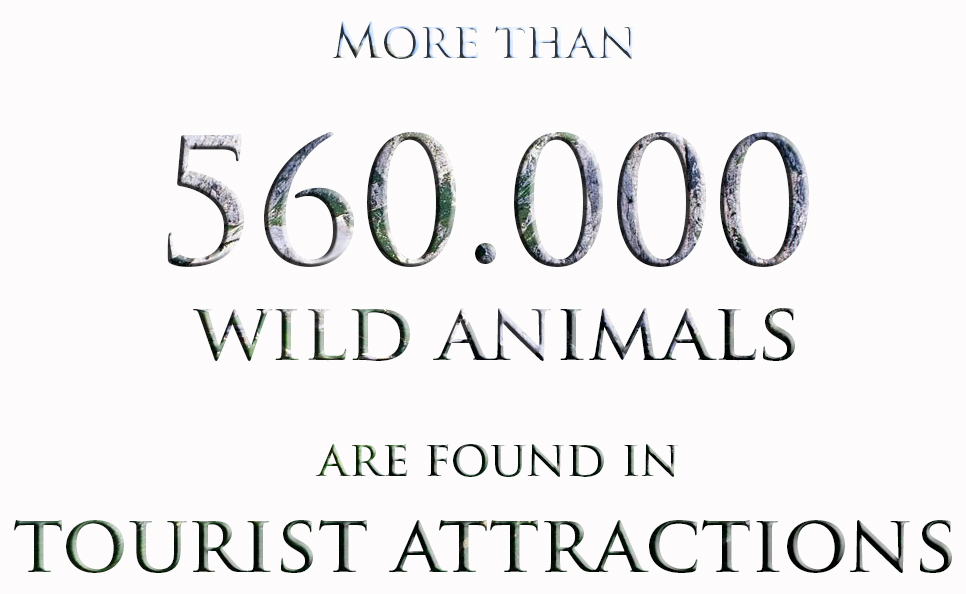
Picture: by author
DO NOT BLINDLY TRUST TOURIST REVIEWS

Picture: by author. When people leave reviews on Tripadvisor, they’re mainly all positive even if animal cruelty is found. This goes to show that people are not aware of the cruelty behind the scenes.
The World Animal Protection recently published a comprehensive report highlighting the gruesome and hidden story behind wildlife tourism, uncovering that over half a million animals suffer due to irresponsible tourist attractions.
It is difficult to know if the venue you visit as a tourist inflicts cruelty on animals, but chances are that it does. Welfare or conservation abuse is found in 3 out of 4 attractions
The problem with tourists being uninformed is reflected on reviews found on travel and holiday web pages like Tripadvisor, the largest online tourist review site in the world, which results in new tourists making the same mistake as the ones before them.
Pages like Tripadvisor should take action against animal abuse and flag any tourist attractions with claims of animal cruelty in order to make it easier for travelers to avoid such venues.
The irony is that those participating in activities that harm animals are often those who love animals and wish to make fun memories with them.
When informed about the suffering involved, tourists are no longer interested in taking part in the activities offered.
This shows how important it is to inform people about what is going on.
WHAT CAN I DO?

This post will provide a summary of the World Animal Protection report regarding animal cruelty, and give you a top 10 list of what to avoid when out travelling.

Contrary to what most people might think, elephants are one of the most dangerous animals to handle and are therefore forced through a horrible training process (known as the “crush”) from a very young age.
This training process involved tying the animal in chains or ropes in a small cage, making it impossible for the animal to move, while inflicting the animal with pointed metal bull hooks to establish dominance. The animal is only allowed to move whenever the person in charge commands, and this process continues for up to a week, making sure to break the spirit of the animal so that they will accept people riding on their back.
For the rest of their adult lives, the elephants are prevented from forming natural social relationships with each other, often chained in small enclosures when they are not taking tourists for a walk. These animals are given little veterinary care and can suffer for a long time before being put down.
There are no such thing as happy, free elephants giving humans a ride – they all go through a process of mental breakdown in order to be taught submission and obedience.
Large travel companies around the world are now banning elephant rides as part of their holiday deals, some of them being Apollo, World Expeditions, TUI Nederland, Interpid Travel and Albatros Travel.

Tiger cubs are taken from their mothers at the youngest age possible so that they can be used as props for people wanting a great selfie.
They are handled and hugged by tourists all day long, being drugged to keep calm, and then kept chained in small cages the rest of the day.
To make sure the tiger cubs can’t do any real harm, they will have their sharper teeth pulled out as well as claws removed, both of which are extremely painful procedures.
While many attractions claim to be sanctuaries, any place planning to release animals back into the wild would not allow them to be handled by the public, especially tourists, as they would not survive in the wild.


As with tigers, lion cubs are bred and taken away from their mothers within a month of birth. While they are still rather small in size, the cubs are being handled by tourists that wants to pose for photos and are hit if they show any signs of aggressive or unwelcome behavior.
As they get older and grow too big to be picked up or handled by tourists they are used in a rather new tourist experience: walking with lions. Here the lions are trained to walk with tourists, being punished if they misbehave, and face a lifetime in captivity as they are not capable of living on their own in the wild.
There is, unfortunately, a larger tourist marked for lion cubs than for adult ones, opening up for another marked: canned hunting, which you can read more about here.
In bear parks, the bears are kept in sterile “pits” in great numbers, having little to no behavioral enrichment.
Bears are mainly solitary animals in the wild, and so gathering several of them together in a small enclosure usually leads to a lot of fighting and nasty injuries.
Living in large groups and being exposed to a lot of stress increase the susceptibility to diseases caused by bacterial infections, and bears can be sick for a long time before receiving any medical treatment.
There is only one remaining sea turtle farm in the world which allows for tourists to handle turtles and even eat them during their visit, and that is in the Cayman Islands.
When handled by tourists, turtles often panic and intensively flap their flippers, causing fractures and detached claws. They are also under a great deal of stress which weaken their immune system and thus increase their susceptibility to diseases.
As most people don’t know how to handle them, many tourists accidentally drop the struggling sea turtles resulting in serious injuries or death
When catching dolphins, high speed boats usually chase a group of individuals before hauling on board some of the most desired ones (usually a certain size or color), even catching them in nets. Usually, the stress is too much for the dolphins to handle and they die during the transportation.
The dolphins, whether they are born in captivity or caught in the wild, face a lifetime of suffering. Their pool is usually the size of a swimming pool which is often treated with chlorine, thus causing painful irritations to the eyes and skin
They also suffer from sunburns, as they are unable to escape to waters deep enough to avoid the strong UV lights.
Dolphins have a highly tuned echolocation which is used for navigation in the wild, but is interfered with by the flat walls of the pool, making it impossible to navigate as they would in the wild. Many dolphins die of stress-related illnesses such as gastric ulcers and heart attacks.
There are many different species of primates being used for street entertainment, the largest group of species being macaques. They are trained in an aggressive and painful way to make them act more human-like, by walking on two feet and dancing or performing tricks for groups of tourists.
The macaques are often equipped with a collar and chain when caught as young, and as they grow the chain becomes more embedded in the skin leading to painful wounds, infections and sometimes death.
When they are not performing, the animals are kept chained up in small cages in groups, or outside on short chains.
Civets in the wild eat coffee cherries and excrete the coffee bean within the cherry in pellets. This has then been collected in the wild to make civet coffee from the excreted bean and is a luxury coffee selling for over 500 NOK ($100) for one cup.
The pellets used to be collected in the wild, but as the tourist demand for this luxury coffee increased, locals started catching civets from the wild and keeping them in small, crowded cages. Here the civets are force fed coffee cherries in large quantities and suffer both nutritional and physical injuries.
As civet coffee has become a growing tourist industry, “farmers” of the coffee have started giving tours around the plantations, resulting in more and more civets being caught, caged and abused.
Snake charming is an old street entertainment usually involving cobras.
The latest twist on this old tourist attraction is to let tourists kiss the cobra to get some unique holiday photos.
Cobras are caught in the wild, defanged with metal pliers and have their venom ducts either removed completely or blocked. This is done without any sanitary equipment, often resulting in deadly infections.
A large number of crocodile farms are providing the fashion industry with skins, and these farms are becoming a larger part of the tourist industry giving tourists an opportunity to come see the animals and also eat them in on-site restaurants.
Crocodiles are usually kept in concrete pits, with these pits being filled to the rim, and are so unhygienic and appalling that the conditions alone often are enough to kill the crocodiles. As they are very sensitive to stress, their immune system can decrease to such an extent that they are unable to fight off infections and thus fatal diseases develop.
As the pits are severely overcrowded there is a limited availability for food and water and the crocodiles will often fight each other to the death or severely injure each other which eventually kills them too.
It might seem a bit depressing reading through this list, but if you’ve read this far, make sure to read the rest.
There are some places you can go to get the ultimate wildlife experience without having to feel bad for doing so
BORNEO ORANGUTAN SURVIVAL FOUNDATION (BOSF):
BOSF is a leading orangutan rescue organisation located in Indonesa that takes in and cares for orangutans who have been used in the entertainment industry, kept illegally as pets, been orphaned in the wild or lost their habitat.
They have rescued over 2200 orangutans since they started in 1991 and provide care and rehabilitation for around 700 individuals.
Sadly, most of the orangutans can never bee returned back into the wild due to old age, disabilities or other illnesses, but the ultimate goal is to release as many individuals back into the wild as possible.
As a tourist you get to stay at the Eco-lodge nestled in a 1.850 hectare reserve for regenerating rainforest, where the permanent orangutan residents live. You can also work as a volunteer and make behavioral enrichment devices, collecting observational data or prepare their food.
To read more about BOSF click here.

Bears were once caught as cubs to illegally keep in small cages in venues such as petrol stations and restaurants as a way to entertain and attract customers.
The Romanian Bear Sanctuary is a safe haven for these former captive bears, where they can live in semi-natural conditions in large enclosures of around 30 hectares.
Tourists can get guided tours around the sanctuary to view the bears while being educated about the problems of captive bears used in entertainment. There are strict rules as to how to behave while in the sanctuary.
You leave the sanctuary with a sense of appreciation for these wild animals as well as a true wildlife experience.
Read more about the bear sanctuary here.
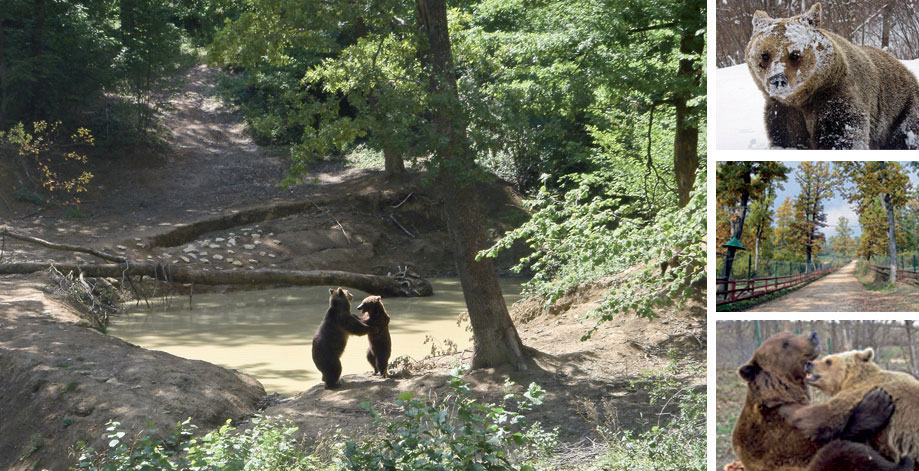
SOME QUESTIONS TO ASK YOURSELF WHEN TRAVELLING
It might still be hard to know if the attraction you want to visit is animal friendly or not. There is a travel guide providing great tips for how to be animal friendly when out travelling, which is found here.
You could also ask yourself some simple questions:
- Does this animal have food and water?
- Is there rest and shelter for the animals?
- Is the animal in pain and suffering?
- Are you observing «natural behaviour» or is it cruelty?
- Will I see animals in distress?
- Am I allowed to interact with the animals?
- Are they breeding more animals?
- What happens to the animals when you leave?
WHAT SHOULD YOU DO?
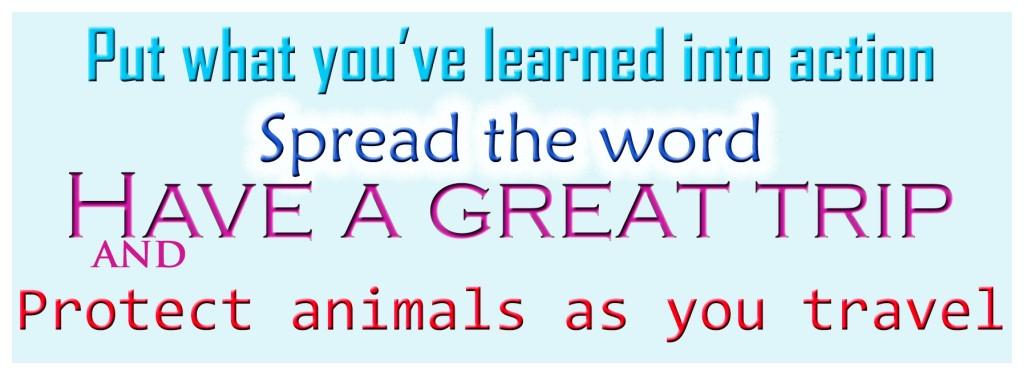
Picture: by author
Sources:
Information about the top 10 list: The full report can be read here (Accessed on the 11.02.2016)
Information about animals in tourism:
Hall, C. (2010). Tourism and biodiversity: more significant than climate change?. Journal of Heritage Tourism, 5(4), pp.253-266.
Moorhouse, T., Dahlsjö, C., Baker, S., D’Cruze, N. and Macdonald, D. (2015). The Customer Isn’t Always Right—Conservation and Animal Welfare Implications of the Increasing Demand for Wildlife Tourism. PLOS ONE, 10(10), p.e0138939.
Newsome, D., Dowling, R. and Moore, S. (2005). Wildlife tourism. Clevedon: Channel View Publications.
http://www.abc.net.au/news/2016-02-04/elephant-rides-dancing-monkeys-cruellest-tourist-attractions/7139316 (17.02.16)
Tourists view on tourist attractions with animals:
http://news.nationalgeographic.com/2015/10/151021-tourism-wildlife-welfare-conservation/ (17.02.16)
- Riding elephants
Information about «the crush»: https://journals.worldnomads.com/responsible-travel/story/81053/Thailand/Why-Elephant-Riding-Should-Be-Removed-from-Your-Bucket-List (11.02.16)
Pictures (from left to right):
http://www.alternativeway.net/blogs/activism-stories-from-the-web-worth-reading/7644599-elephant-cruelty-in-thailand (21.02.16)
http://www.balinatatour.com/elephant-ride (09.02.16)
https://jennasconservation.wordpress.com/2015/09/23/i-want-to-ride-an-elephant/ (21.02.16) - Tiger seflies:
About tiger selfies: http://www.theguardian.com/travel/2014/jul/29/wiildlife-charity-calls-for-end-tiger-selfies (20.02.16)
https://www.thedodo.com/tiger-cub-captivity-selfies-1191868858.html (20.02.16)
Information about IUCN red list: http://www.iucnredlist.org/details/15955/0
Pictures (from left to right):
https://s-media-cache-ak0.pinimg.com/736x/ae/fe/d1/aefed1851427df5c206fee601cd406d6.jpg (Accessed 14.02.16)
http://news.yahoo.com/blogs/omg/khloe-kardashian-sparks-outrage-photo-herself-with-tiger-cub-054448769.html (Accessed 20.09.2015)
http://www.independent.co.uk/life-style/love-sex/why-guys-are-posing-with-tigers-in-their-tinder-pictures-and-why-it-wont-get-them-any-more-dates-9573833.html (Accessed 21.02.16) - Walking with lions:
Lion hunting: http://www.bloodlions.org/ (12.02.16)
Pictures (left to right)
https://lionexploitation.wordpress.com/author/louisesanwild/page/3/ (18.02.16) - Visiting bear parks
Pictures (left to right)
http://www.huffingtonpost.co.uk/georgina-allen/japans-notorious-bear-par_b_7865226.html (14.02.16)
http://www.wildwelfare.org/#!japan/ccma (14.02.16)
http://www.wildwelfare.org/#!untitled/zoom/mainPage/c6l0 (14.02.16) - Holding sea turtles
http://advocacy.britannica.com/blog/advocacy/2015/11/one-of-the-worlds-cruellest-tourist-attractions/ (15.02.16)
Pictures (left to right)
http://www.hsi.org/issues/wildlife_trade/facts/farming_sea_turtles.html?referrer=https://www.google.no/ (15.02.16)
http://www.conserveturtles.org/pressreleases.php?page=n_CaymanTurtleFarm2012 (15.02.16)
http://www.paxgaea.com/CaymanIslands.html (15.02.16) - Performing dolphins
http://www.bornfree.org.uk/campaigns/zoo-check/captive-whales-dolphins/ (18.02.16)
Pictures (left to right)
http://us.whales.org/wdc-in-action/captivity (18.02.16)
http://www.dailymail.co.uk/news/article-2257426/The-dolphin-snatchers-Mail-investigation-exposes-vile-trade-animals-sold-100-000-aquariums-suffer-unimaginable-cruelty.html (12.02.16) - Dancing monkeys
Pictures (left to right)
http://www.dailymail.co.uk/news/article-2174350/Topeng-Monyet-Shocking-pictures-cruel-treatment-monkeys-forced-wear-masks-ride-tiny-bicycles.html (12.02.16)
http://www.care2.com/news/member/357545291/3577555 (12.02.16) - Touring civet coffee plantations
Pictures (left to right)
http://www.earthisland.org/journal/index.php/elist/eListRead/the_truth_behind_that_crappy_cup_of_coffee/ (18.02.16)
https://projectluwaksg.wordpress.com/tag/common-palm-civet/ (18.02.16)
http://www.theguardian.com/environment/2012/nov/19/civet-coffee-abuse-campaigners (18.02.16) - Charming snakes and kissing cobras
Pictures (left to right)
http://scienceblogs.com/corpuscallosum/2006/10/07/snake-kissing/ (21.02.16)
http://whataboutproject.com/our-friends/bangladesh/snake-charmers (21.02.16)
http://handluggageonly.co.uk/2016/01/26/heres-a-really-important-thing-you-need-to-know-about-snake-charming/ (21.02.16) - Farming crocodiles
Pictures (left to right)
http://www.crocodileadventures.com/farm.html (22.02.16)
http://bassiounigroup.com/uncategorized/zimbabwes-crocodile-farms-lucrative-investment (22.02.16)
http://www.chiangraitimes.com/dozens-of-crocodiles-escape-in-pattaya.html (22.02.16)
Thanks for reading!
Marie Danielsen
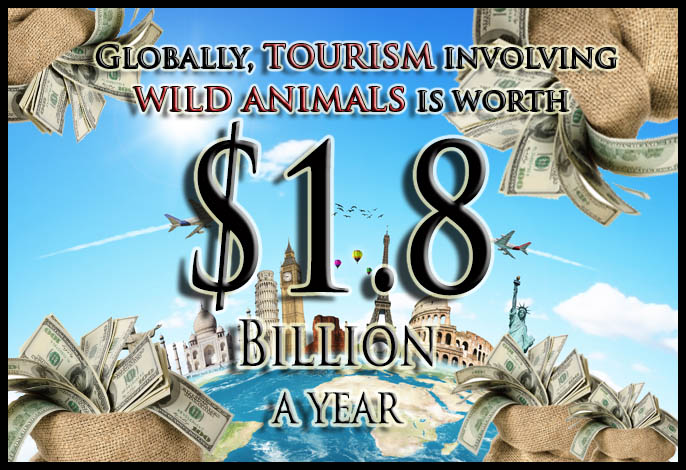




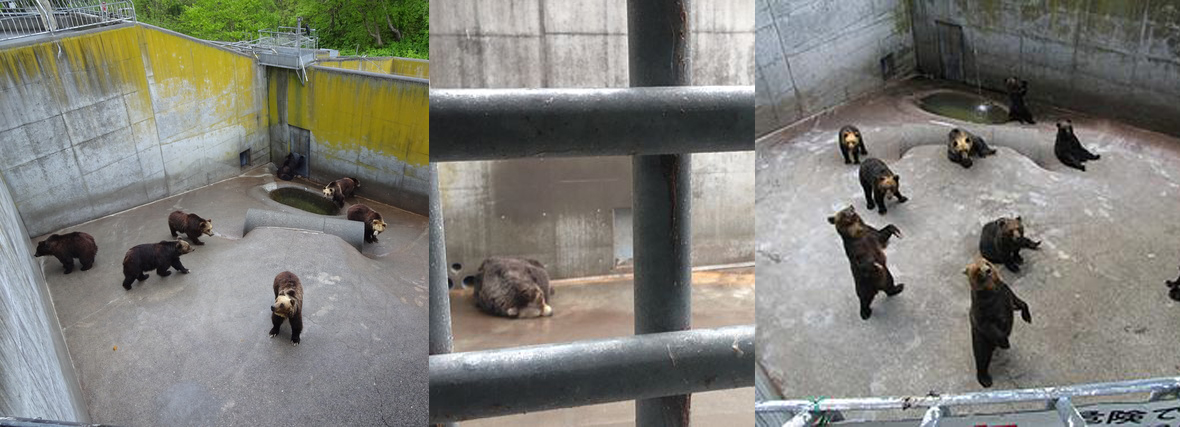

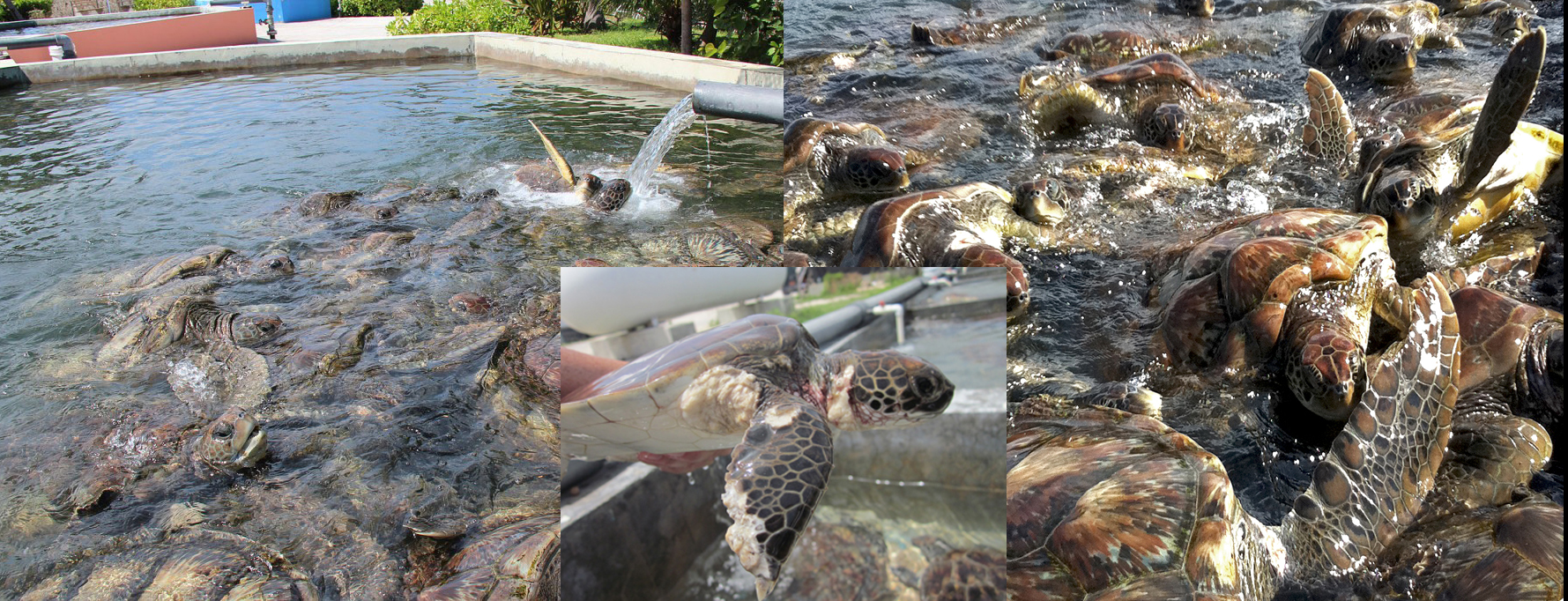

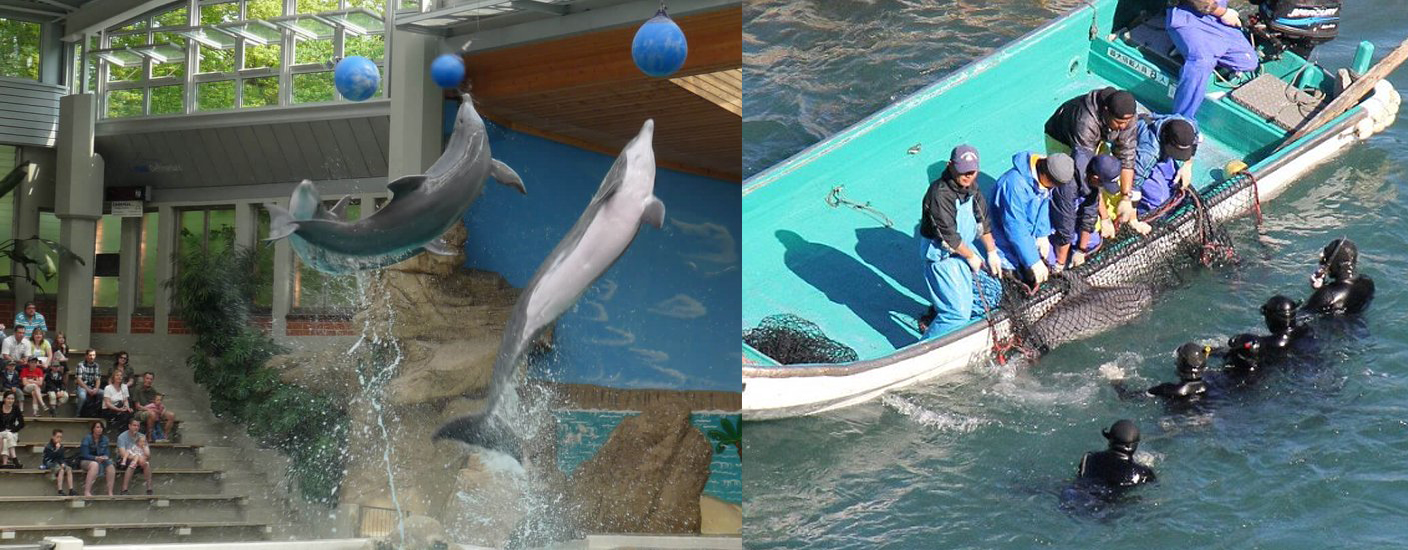





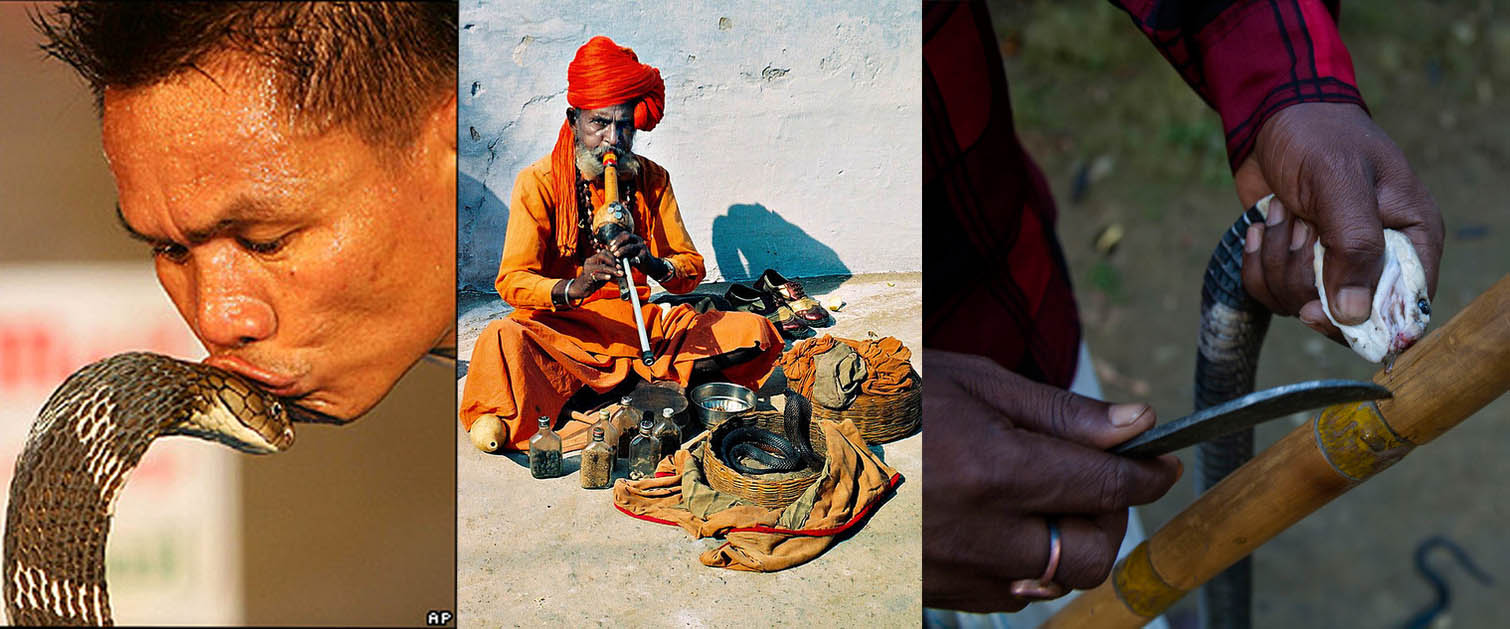





This was an interesting read! I will definetly think twice before planing my vacation activities.
I was glad that I had done none of the things above.
I have one question though: I have dreamed about swimming with dolphins since I was a little girl, you only mention dolphin shows, would swimming with dolphins be just as bad?
I agree that there should be an easy way to figure all of this out, some kind of tripadvisor thing that is based on how they treat their animals, and if it is sustainable or not.
I think that this entry is very much focused on animal wellfare though, and not as much about us contributing to them going extinct and other global biodiversity problems. Some of them are argued for in that way, and some of them could probably have had more of a focus like that.
Thank you for educating me – and giving the exploring me tips for what to do and not to do on my next trip.
Thanks for the feedback!
First things first, a quick google search would provide you with the answers you need regarding swimming with dolphins. Like here: http://us.whales.org/issues/swimming-with-dolphins
Secondly, this entry does focus on the global diversity problems we are currently facing by highlighting how the global tourist industry (which pretty much everyone in a first world country are part of) have a HUGE impact on local biodiversity.
As mentioned, a lot of the more popular species found in tourist attractions are also on the IUCN list, and a growing demand for such tourist attractions is a DIRECT link to the wildlife and local biodiversity as most of these species are being caught in the wild to be exploited in captivity.
Thus, I argue, a clear overview of tourist attractions with a specific list of what to avoid can have a huge impact on people and what they chose to do when out travelling. Information is power, and the more people that know about these venues and the horrors behind, the more people will avoid them, and so the demand will decrease, hopefully resulting in such venues to not be a sustainable industry for locals. I’d argue that one needs to do the whole «sad horror story about the animals» to get peoples attention, and that animal welfare and maintaining biodiversity (at least locally) are two sides of the same coin.
I love to seem the creatures in nature, not in captive.
I like your points here, should be eye opening to many of us.
thanks.
Merket at jeg ble litt kvalm mens jeg leste. Det er utrolig hva vi mennesker gjør når det kommer til penger. Jeg liker veldig godt at du hadde noen punkter der du viste frem de som gjør det «rett», så jeg fikk tilbake litt tro på menneskeheten mot slutten av posten.
Jeg tror dette er en viktig ting å få formidlet, og at det er mange turister som ikke aner hva de bidrar til når de gir penger til slike attraksjoner.
This was interesting to read! I like that you are focusing on animal welfare, since this, in my eyes, is a huge problem which almost doesn’t get any attention. I see my friends returning from trips where they have taken pictures with sedated animals. These animals are often, as you say, dangerous animals that are abused on a daily basis.
So, I like your suggestion regarding that tripadvisor (or similar pages) should have more focus on animal welfare, and the questions you sum up at the end which everyone can ask themselves and understand if this is something they should pay to do/see or not. I still have to agree with Ragnhild that much of the focus here is on animal welfare, more than global ecology problems. But, I think you have argued some important points regarding that as well. And I also like the way you have written this blog post. I will definitely share this with my travelling friends!
Hi I can’t say that I was surprised by anything in your blog post, as I was aware of the problems with such attractions, but you highlighted quite important points in a nice way. I also like the way you presented the facts, very easy read and eye catching graphics, this is a highly shareable blog post! Especially if you don’t quite know how to inform friends/family of what not to do.
As I said I was not surprised about the content of this post, but I am really sad to read that 3 of 4 establishments are abusive. Part two made me think of the So-called Tiger temple, in Thailand, which had a show running on Animal Planet some years back, I loved the show, but as you mature you start to hear more about the truth. For example the most recent case of “disappeared” tigers forms The Temple (http://news.nationalgeographic.com/2016/01/160121-tiger-temple-thailand-trafficking-laos0/), I really don’t want to believe this (however, the data is quite conclusive), and no one has yet t be proven guilty, but I would think twice about visiting the temple. It is really good that you included a couple of positive examples as well, there is a real need for lists of animal attractions that are welfare and biodiversity friendly, so thanks for the tip!
Huff, dette var forferdelig å lese om, men absolutt informativt og nyttig. Det er utrolig at folk ikke tenker seg om når man blir med på turistattraksjoner der dyr er involvert. eg håper det har noe med uvitenhet å gjøre. Er enig med deg Marie, at dette absolutt har med globale problemer angående biodiversiet og miljø å gjøre, selv om det direkte handler mest om dyrevelferd. Er det greit å dele innlegget ditt? Takk for et informativt, viktig og godt utført innlegg!
Beste hilsen Jeanette
These attractions are mainly found in Asian countries. Its sad, people cant feel the pain of animals and keep promoting animal abuse.